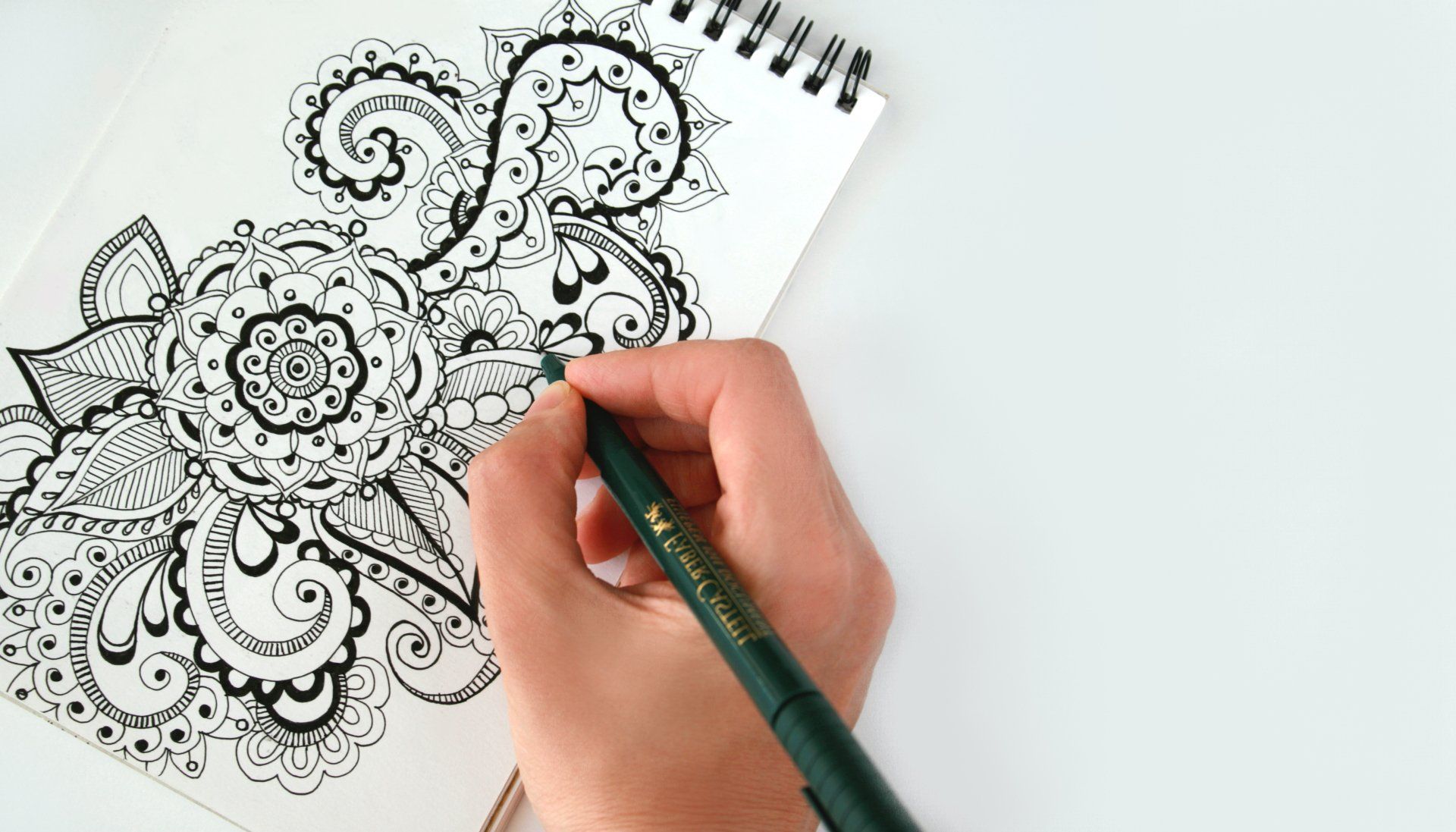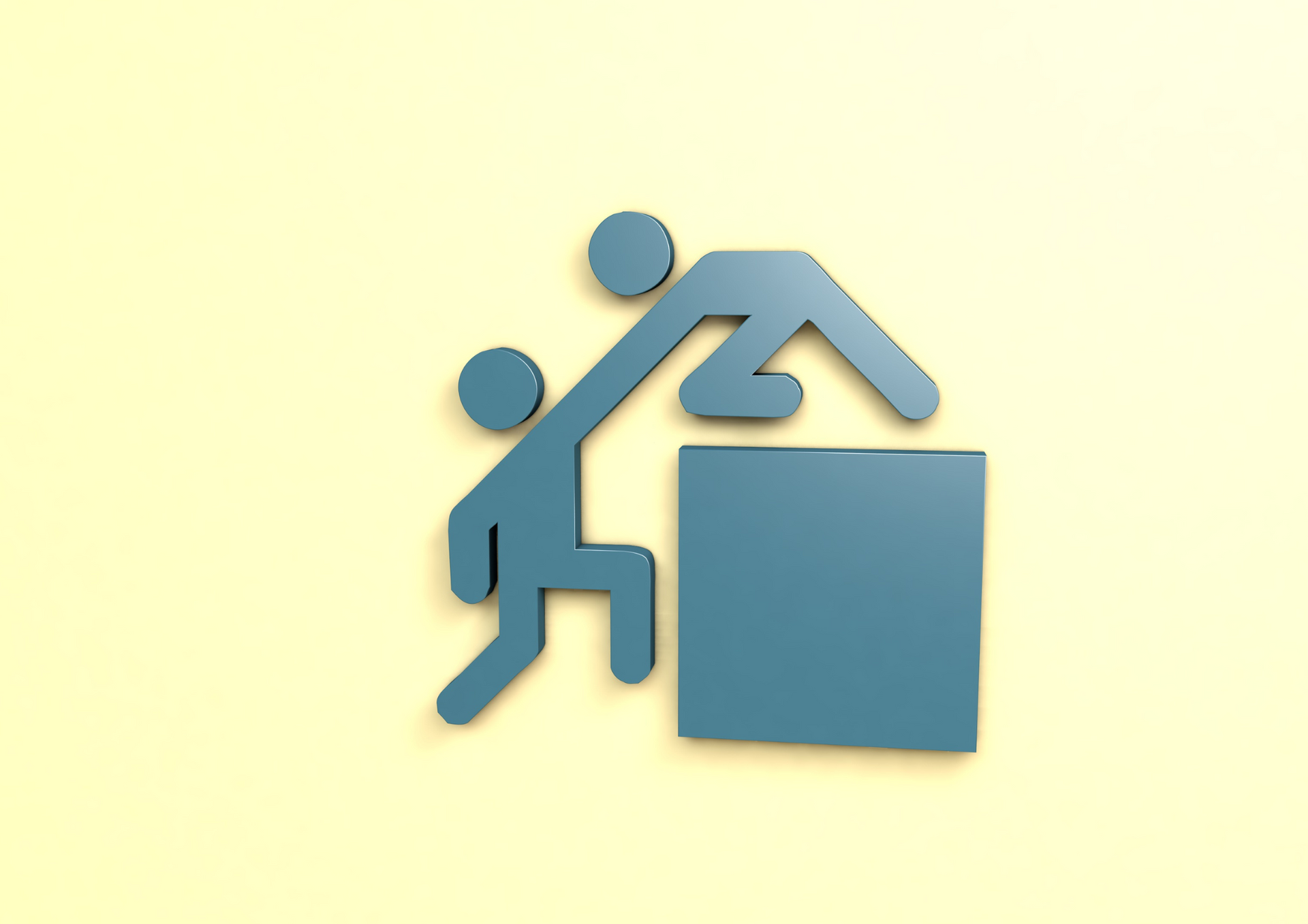Exploring Creativity: a 'Product' Perspective
Creativity as a Product

Understanding creativity as a ‘product’ rather than a process or person puts the focus firmly on the creative outcome – the new ‘something’ that has been brought into being. Depending on the context, this new ‘something’ can take many forms – for examples: a business innovation; a painting; a piece of writing; a dance routine; a recipe; a musical composition; a piece of software; an advertising campaign; a medical product or procedure; a piece of machinery; a way of working and so on. However, is it the case that every new ‘something’ that is brought into being in the world adequately fits with our understanding of creativity? Probably not - we really need a more nuanced description to get closer to what we mean by creativity as a product. Creativity guru, Ken Robinson, introduced the idea that as well as newness, a product should have value. Claire Bridges, a researcher and writer on creativity in business, adds another element for consideration, namely the emotional dimension that is activated by the product. Interesting stuff! So, it would seem that what matters when thinking about creativity as a product, is that the new ‘something’ or product created needs to have novelty, is of value and has the capacity to activate the emotions. Let’s look more closely at these three elements and then consider their significance within the coaching space.
Understanding creativity as a product means being able to appreciate that there must be an element of originality or novelty about the product. This sounds rather grand but in reality the originality or novelty may arise from a small tweak to an existing product or by connecting up and recombining ideas already in existence. Being able to mentally play with ideas and generate new connections is fundamental to the creation of a novel product. Nielson and Thurber, in their book, The Secret of the Highly Creative Thinker – How to make connections others don’t, suggest that really outstanding creative accomplishments are often the result of a sequence of smaller connections, rather than just one big idea. The coaching space is a safe, confidential place where clients can play with ideas and perspectives in the service of new insights and so is well-suited as a space to support those engaged in producing a particular creative product either in a commercial or personal context. As we know, in the coaching space original thought is often generated through purposeful verbal interchange between coach and client. Less common, however, is the purposeful use of tools and techniques to encourage translation from one form of representation to another. The act of translating an idea that exists in verbal form into a visual form, such as drawing, model making or photography, will activate new neural pathways. As will translating into alternative representations, such as, creating similes, metaphors, poetry or fairy tales. Forging connections across formats and boundaries can help to generate the new insights and connections needed to expand a client’s originality and novelty to new heights.
However, originality and novelty on their own are not enough to fully understand creativity as a ‘product’. It is important to recognise that the new ‘something’ must also have value. Depending on the product, this ‘value’ may be purely for the creator, or it may have value for a wider group, an organisation, a community, for society or for the whole of humankind. Some creative products may have value to the creator, in that they have personal meaning, and give a sense of achievement but are not widely shared or are of limited interest to others. Other creative products may have value to a whole organisation, creating new product lines and generating increased financial prosperity. Yet other creative products may have value for wider society, solving enduring problems of the day. What matters is that there is value to the creative product. This idea is important in the coaching space; taking time to unpick the meaning and value embedded within a creative product with a client can help to unblock some of the barriers that often obstruct creativity. By increasing awareness of the value of a product being created to the self and others, coaches can help a client re-focus, enhance motivation and become more productive.
Alongside the novelty and value elements of creativity as a product lies the capacity of the product to activate feelings and emotions, both in the creator and more widely. When something has value to an individual, it inevitably connects to deeper places within the psyche. It is for this reason that the creative product will generate feelings within us and why creativity and being creative are an essential source of human fulfilment and contentment. Take, for example, a singer who performs a newly written song to an audience, not only does she experience the joy of singing but the audience, too, are touched by the experience. Or the advertising professional who watches a recently created advert with colleagues, happily sharing the sense of achievement. Or the child who stands back to admire the model train she made from wooden bricks and the parent who looks on with pride at the creation. Understanding this aspect of creativity as a product is useful in the coaching space. When coaching a client whose goal is to create a specific product, for example, writing a book, creating a new interior design or art making, encourage connection to positive feelings and emotions associated with past creative products. Also, use visualisation and future time-travel to activate positive feelings and emotions that will be evoke when the product is finished. Help the client to linger with these feelings as they offer a powerful motivator to overcome barriers and crises of confidence that can hinder creativity.
To conclude, by having a deeper understanding of creativity as a product, coaches can tailor coaching to support clients engaged in creative production of any sort. In particular, the key elements of novelty, value and capacity to activate feelings and emotions, form a useful trio of direction for expanding creative thinking, exploring the meaning and activating the positive fuel needed for successful project completion.
Find out more about creativity in coaching situations by reading my next article, ‘What does it mean to be a creative person?’ and explore the implications for your coaching repertoire.









